Reasons why tiny homes are the next big thing in real estate: Are you a real estate enthusiast? Do you dream of owning a home that’s affordable, eco-friendly, and fits your lifestyle perfectly? If so, then you’re in luck!
The next big thing in real estate is tiny homes, and for good reason. These compact dwellings offer a unique and exciting way to live, with numerous benefits that range from reducing your carbon footprint to saving money on utility bills.
In this blog post, we’ll delve into 10 compelling reasons why tiny homes are becoming so popular, and why you should consider joining the movement.
Whether you’re a minimalist looking to simplify your life, a first-time buyer trying to enter the housing market, or a retiree seeking a smaller living space.
Tiny homes could be the perfect fit. Keep reading to discover how these cozy abodes can change the way you live and work!
Definition of tiny homes
Tiny homes are generally defined as small homes that are less than 400 square feet in size. These homes are designed to make the most of their limited space, with clever storage solutions and multi-functional furniture.
While tiny homes are often associated with minimalist living and downsizing, they can also be a great option for those looking for a more affordable and sustainable housing option.
With the rising cost of housing in many areas, tiny homes offer a more affordable alternative, and their small size means they require less energy to heat and cool.
Additionally, many tiny home builders use eco-friendly materials and design features to reduce their environmental impact.
Despite their small size, tiny homes can also provide a sense of freedom and flexibility, as they can be built on wheels or in unconventional locations.
Overall, the tiny home movement has been gaining momentum as more people seek out alternatives to traditional housing options.
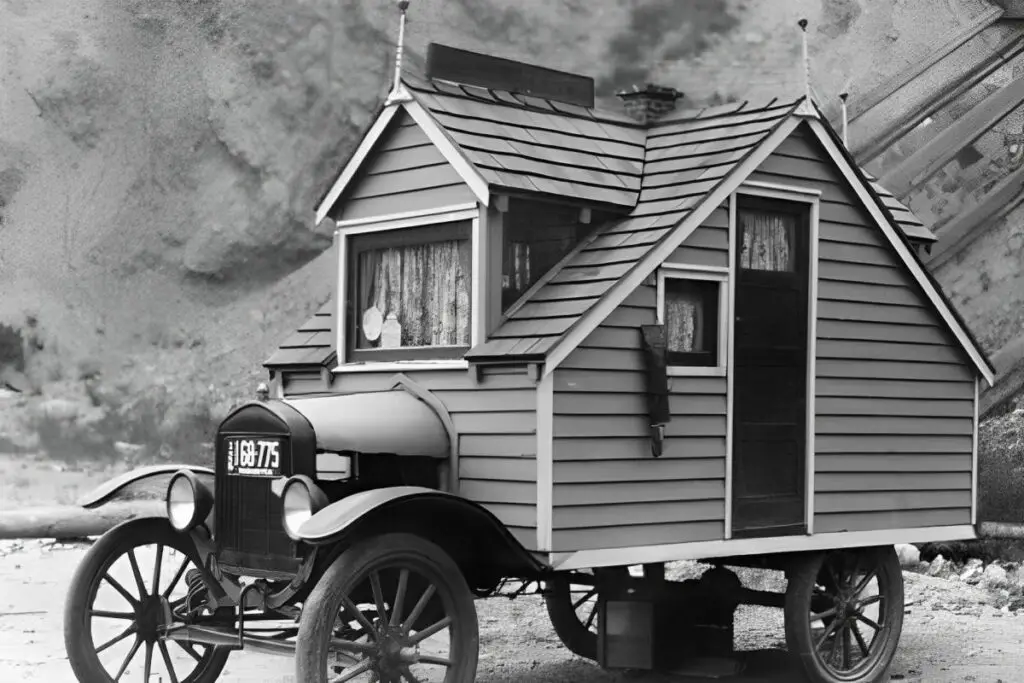
Brief history of tiny homes
Tiny homes have been around for centuries, but they’ve only recently become more popular. In the US, tiny homes gained popularity after the 2008 recession when people were looking for affordable and sustainable living options.
Today, tiny homes are being used as primary residences, vacation homes, and even as rental properties. In addition to being affordable and sustainable, tiny homes are also known for their flexibility and versatility.
Many tiny homes are built on wheels, allowing their owners to easily move from one location to another. This mobility has made tiny homes a popular choice for people who enjoy traveling or who need to relocate frequently for work.
Furthermore, tiny homes are often designed with creative use of space in mind, allowing them to pack a lot of functionality into a small footprint.
This has led to the rise of “smart homes” and innovative space-saving solutions, such as hidden storage compartments and convertible furniture.
Despite their many benefits, there are also challenges associated with tiny home living. For example, zoning laws can make it difficult to legally place a tiny home on a piece of land, and finding suitable parking or land to build a tiny home on can be a challenge in some areas.
Nevertheless, as the popularity of tiny homes continues to grow, it is likely that more solutions will emerge to help address these challenges and make tiny home living more accessible to those who are interested in this unique lifestyle.
Also see: Can Tiny Homes Be Built On A Foundation
Top pick
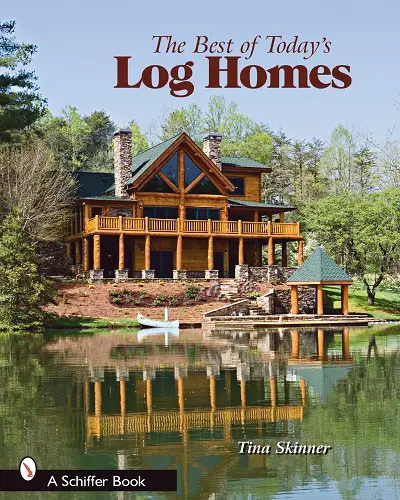
Editor’s choice
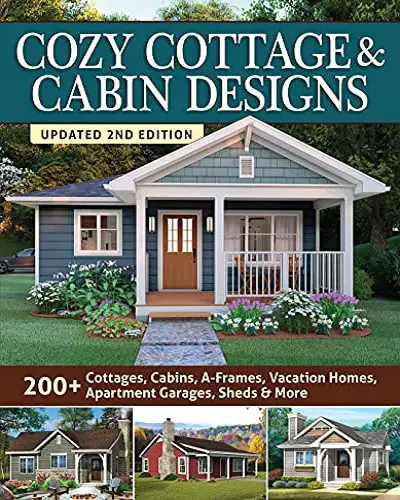
Best value
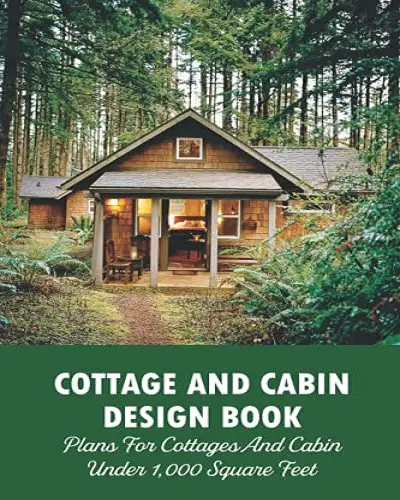
Why tiny homes are gaining popularity
As housing costs continue to rise, tiny homes offer an affordable alternative for people who want to own a home without taking on a lot of debt.
In addition to being affordable, tiny homes are also environmentally friendly, and they offer a unique and customizable living experience.
Tiny homes are often built using eco-friendly materials and with energy-efficient appliances, making them more sustainable than larger homes. They also take up less space, which can help preserve natural habitats and prevent urban sprawl.
Moreover, living in a tiny home encourages a minimalist lifestyle, which can lead to a reduced carbon footprint and less waste. One of the biggest draws of tiny homes is their customization potential.
Owners can design and build their homes to suit their specific needs and preferences. Whether it’s incorporating a rooftop garden or a Murphy bed, the possibilities are endless.
This level of personalization allows individuals to truly make their tiny homes their own and to create a living space that reflects their unique personality and style.
Overall, the affordability, environmental sustainability, and customization options of tiny homes make them an attractive option for those looking to simplify their lives and reduce their impact on the environment.
As the housing market continues to become increasingly unaffordable, tiny homes may become an even more popular alternative for those looking for a simpler and more sustainable way of life.
10 Reasons why tiny homes are the next big thing in real estate

Reason #1: Affordability
One of the main reasons why tiny homes are gaining popularity is their affordability. The cost of a tiny home is significantly less than that of a traditional home.
The average cost of a tiny home can range anywhere from $20,000 to $100,000, depending on the size and features of the home.
This affordability means that many people who may not have been able to afford a traditional home can now become homeowners. Another way that tiny homes save money is through lower mortgage payments.
With a smaller home, the mortgage payments are lower, which means that homeowners can pay off their homes faster and save money on interest payments.
Lastly, tiny homes also come with lower utility bills. Because they are smaller, they require less energy to heat and cool, and they use less water than traditional homes.
Reason #2: Minimalistic lifestyle
In recent years, there has been a growing trend towards minimalism. People are choosing to live with fewer possessions, and tiny homes support this lifestyle.
With limited space, tiny homes force homeowners to prioritize what they need and eliminate what they don’t. This can lead to a simpler and more fulfilling life.
Living with fewer possessions can also have several benefits. For one, it can reduce stress and anxiety. Cluttered and disorganized spaces can lead to feelings of overwhelm and anxiety.
By simplifying their living space, homeowners can create a more calming and peaceful environment.
Reason #3: Eco-friendly living
Another reason why tiny homes are becoming popular is their environmental benefits. Tiny homes are designed to be energy-efficient and environmentally friendly.
Many tiny homes use sustainable living practices, such as composting toilets and rainwater collection systems, to reduce their impact on the environment.
Additionally, many tiny homes are designed to use renewable energy sources like solar panels, wind turbines, or hydro-electricity.
This means that homeowners can reduce their dependence on fossil fuels and save money on energy costs in the long run.
Also see: Tiny House Living Essentials

Reason #4: Mobility
One of the most significant advantages of tiny homes is their mobility. Tiny homes are often built on trailers, which means they can be moved from one location to another.
This makes them an ideal choice for people who love to travel or explore new places.
In addition, with the rise of remote work, more and more people are choosing to work from their tiny homes, which allows them to work from anywhere in the world.
Furthermore, tiny homes offer an affordable housing option for individuals or families who are looking to downsize, reduce their environmental footprint, or simply live a minimalist lifestyle.
Since tiny homes are smaller than traditional homes, they require fewer materials and resources to build, which results in lower construction costs and lower utility bills.
This affordability factor also allows people to own their homes outright, rather than being burdened with a long-term mortgage or rent payments.
Moreover, tiny homes can be customized to fit a variety of lifestyles and preferences, from off-grid living to luxury living.
Overall, the mobility, flexibility, and affordability of tiny homes make them a popular and practical housing choice for a growing number of people.
Top pick
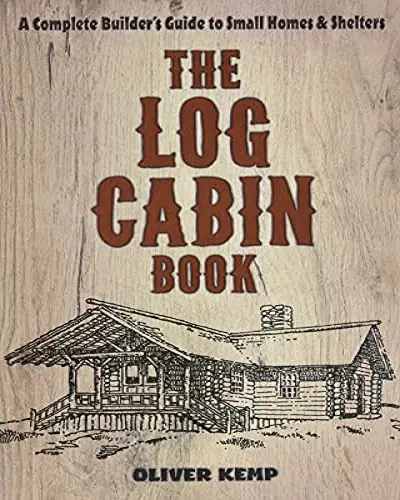
Editor’s choice
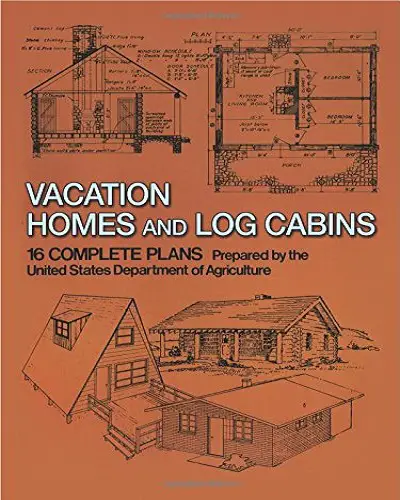
Best value

Reason #5: Customization
Tiny homes offer a high degree of customization. Because they are small, every inch of space counts. This means that homeowners can get creative with the design of their homes and personalize them to fit their specific needs and preferences.
For example, tiny homes can be designed with built-in furniture, hidden storage solutions, and multi-functional spaces. Some tiny homes even have features like foldable walls and beds that can be tucked away when not in use.
These customization options allow homeowners to make the most of their limited space and create a home that truly reflects their personality.
Reason #6: Flexibility
Tiny homes offer a lot of flexibility when it comes to their use. They can be used as primary residences, vacation homes, or even as rental properties.
This versatility makes them an attractive option for a variety of homeowners, including young professionals, retirees, and families.
In addition, tiny homes can also be used as temporary living solutions. For example, they can be used as guest houses, home offices, or even as emergency shelters in the event of a natural disaster.
Finally, tiny homes also offer rental income opportunities. Homeowners can rent out their tiny homes on platforms like Airbnb or VRBO and earn extra income.

Reason #7: Low maintenance
Tiny homes are designed to be low maintenance. With less square footage to clean and maintain, homeowners can spend less time and money on upkeep.
In addition, many tiny homes are designed with simple and efficient cleaning routines in mind, making it easier to keep the home clean and organized.
Finally, because tiny homes are smaller, they also come with reduced upkeep costs. For example, repairing or replacing a roof on a tiny home will cost significantly less than it would on a traditional home.
Reason #8: Community living
Tiny home communities are popping up all over the country, and they offer a unique living experience. These communities offer shared resources and amenities like community gardens, laundry facilities, and recreational areas.
In addition, living in a tiny home community can create a sense of community and belonging, which can be especially valuable for those who are looking for social connections.
Furthermore, tiny home communities often prioritize sustainable and eco-friendly practices. Many of these communities incorporate renewable energy sources like solar panels, rainwater harvesting, and composting systems.
Living in a tiny home also encourages minimalism and reduces the carbon footprint, which can have a positive impact on the environment.
Living in a tiny home community can also provide financial benefits. The cost of living in a tiny home is often significantly lower than traditional homes, and community living can help reduce expenses even further.
Many tiny home communities also offer affordable rent or ownership options, making homeownership more accessible to those who may not be able to afford a traditional home.
Overall, tiny home communities offer a unique and rewarding living experience that combines affordability, sustainability, and community living. As more people seek out alternative housing options, these communities are sure to continue growing in popularity.
Also see: Can Tiny Homes Have Basements?
Top pick
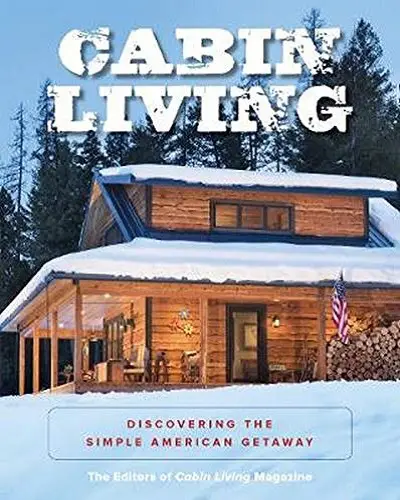
Editor’s choice
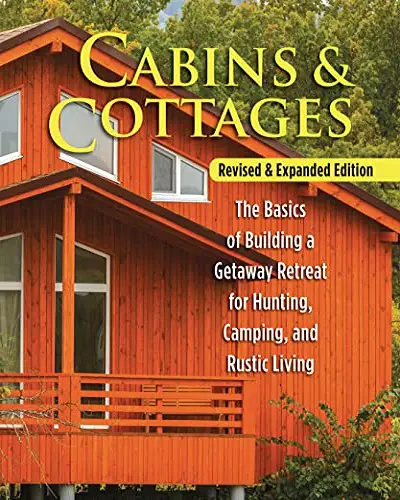
Best value
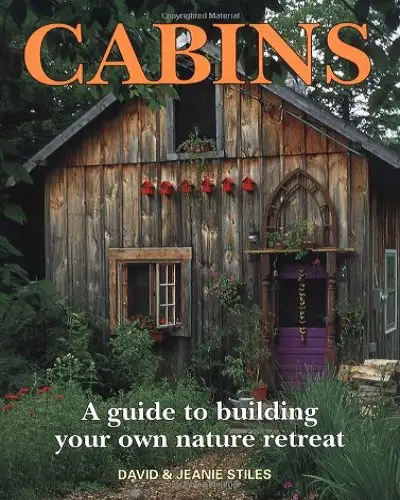
Reason #9: Unique aesthetics
Tiny homes have a unique charm that traditional homes simply can’t match. They are often designed with a rustic or modern aesthetic and can feature unique materials like reclaimed wood or corrugated metal.
In addition, tiny homes are changing the way traditional homes are designed. Many architects and designers are incorporating elements of tiny home design into larger homes, such as built-in furniture and multi-functional spaces.
This trend towards tiny home-inspired design is not just limited to residential properties, but is also being seen in commercial buildings and public spaces.
For example, some cafes and restaurants are opting for smaller, cozier spaces that can seat fewer customers, while still providing a comfortable and intimate atmosphere.
Additionally, some public spaces are being designed with the same principles as tiny homes, featuring compact seating areas and multi-functional spaces that can be used for a variety of activities.
Furthermore, the popularity of tiny homes is also inspiring people to embrace minimalist lifestyles and prioritize experiences over possessions.
By living in a smaller space, people are forced to evaluate their belongings and prioritize what is truly important to them. This can lead to a greater sense of freedom and flexibility, as well as a deeper appreciation for the simple things in life.
Overall, the rise of tiny homes is not just a passing trend, but a movement that is changing the way we think about design, architecture, and even our own personal values.

Reason #10: Financial freedom
Finally, tiny homes offer a path to financial freedom. Because they are affordable and come with lower utility and upkeep costs, homeowners can save money on their housing expenses.
This can allow them to pay off debt, save for retirement, or even retire early. Tiny homes also fit into the FIRE (Financial Independence, Retire Early) movement, which encourages people to save aggressively and retire early.
In addition to the financial benefits, tiny homes can also provide a sense of flexibility and mobility. Many tiny homes are built on wheels, allowing homeowners to travel and explore new places while still having a place to call home.
This can be particularly appealing to those who value experiences over material possessions. Moreover, living in a tiny home can also promote a simpler, more sustainable lifestyle.
With limited space, homeowners are forced to prioritize their possessions and live with only what they truly need. This can lead to a reduction in consumption and a smaller environmental footprint.
Overall, tiny homes offer a unique and attractive housing option for those looking to simplify their lives, save money, and pursue financial freedom.
As more people discover the benefits of tiny homes, it’s likely that this trend will continue to grow in popularity in the years to come.
Also see: Tiny House You Can Tow
FAQ
1. What is a tiny home?
A tiny home is a small living space, typically less than 400 square feet.
2. Why are tiny homes becoming popular in the real estate market?
Affordability, simplicity, and minimalism are driving the popularity of tiny homes in real estate.
3. What are the benefits of owning a tiny home?
Affordability, sustainability, and simplicity are the main benefits of owning a tiny home.
4. Are there any disadvantages to owning a tiny home?
Limited space, potential zoning restrictions, and difficulties reselling are potential disadvantages of owning a tiny home.
5. How much does it cost to build or buy a tiny home?
The cost of a tiny home varies, but ranges from $10,000 to $150,000 depending on size and materials.
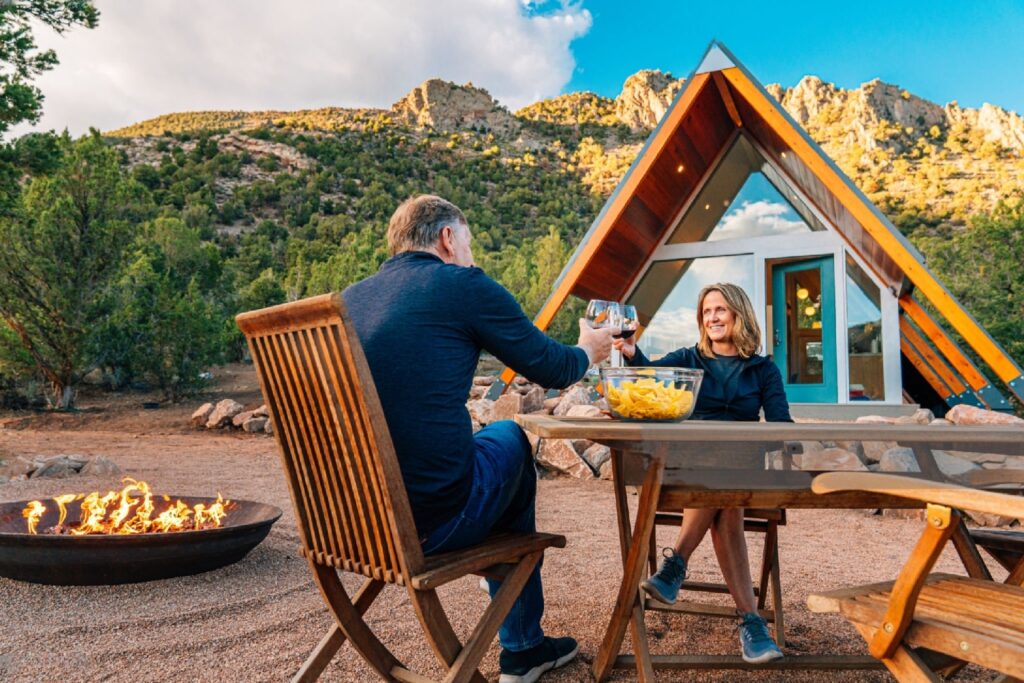
Conclusion
In conclusion, the rise of tiny homes in the real estate market is not just a trend, but a movement towards a simpler and more sustainable lifestyle.
With benefits ranging from affordability and mobility to reduced environmental impact and increased creativity, it’s no surprise that tiny homes have captured the attention of many.
As the world continues to face housing affordability and environmental challenges, tiny homes offer a viable solution.
They may be small, but their impact is big. It’s time to embrace the tiny house movement and discover the joys of living with less. The future of real estate is looking tiny and bright.
Tiny homes offer a unique and customizable living experience that is becoming increasingly popular. They are affordable, eco-friendly, and offer a minimalistic lifestyle that appeals to many people.
In addition, their mobility, customization options, and low maintenance make them a versatile and attractive option for homeowners. With their many benefits, it’s no surprise that tiny homes are the next big thing in real estate.
Also see: How Much Do Tiny Homes Weigh

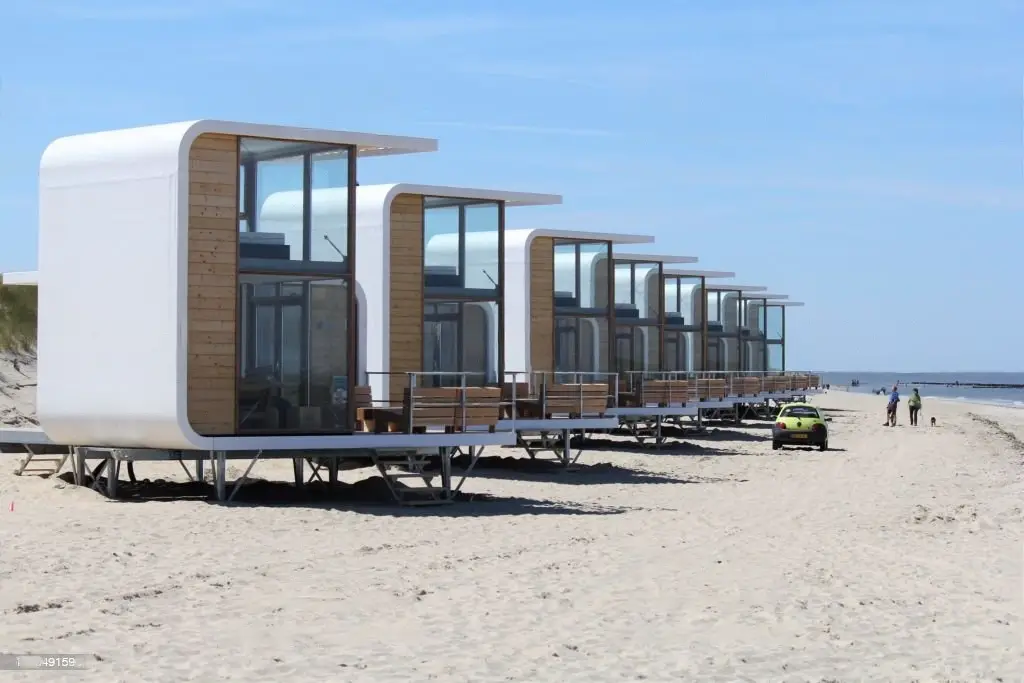
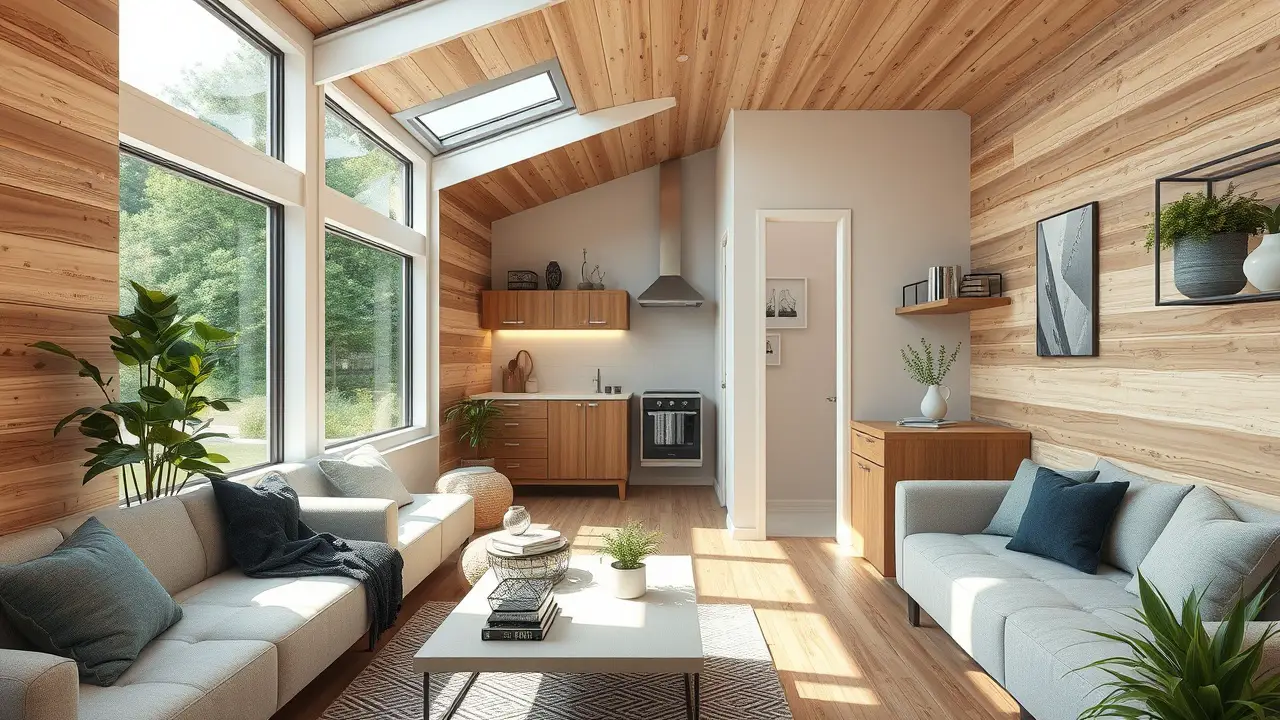
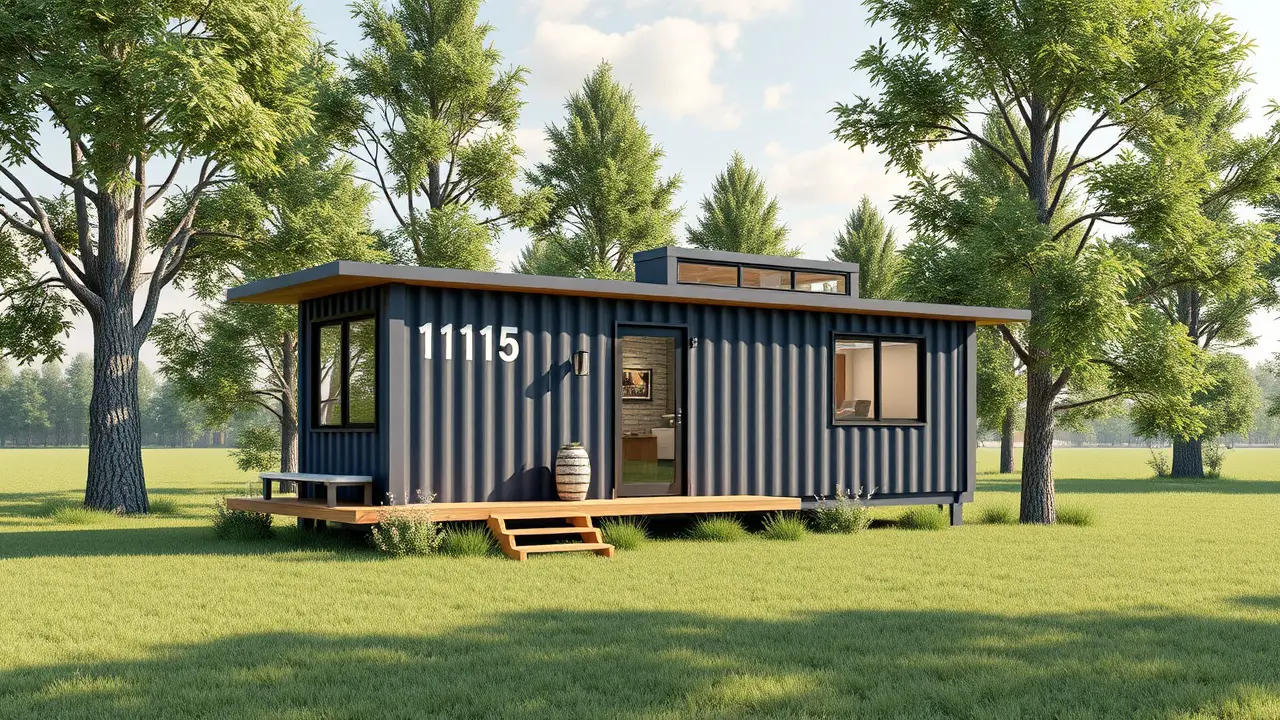
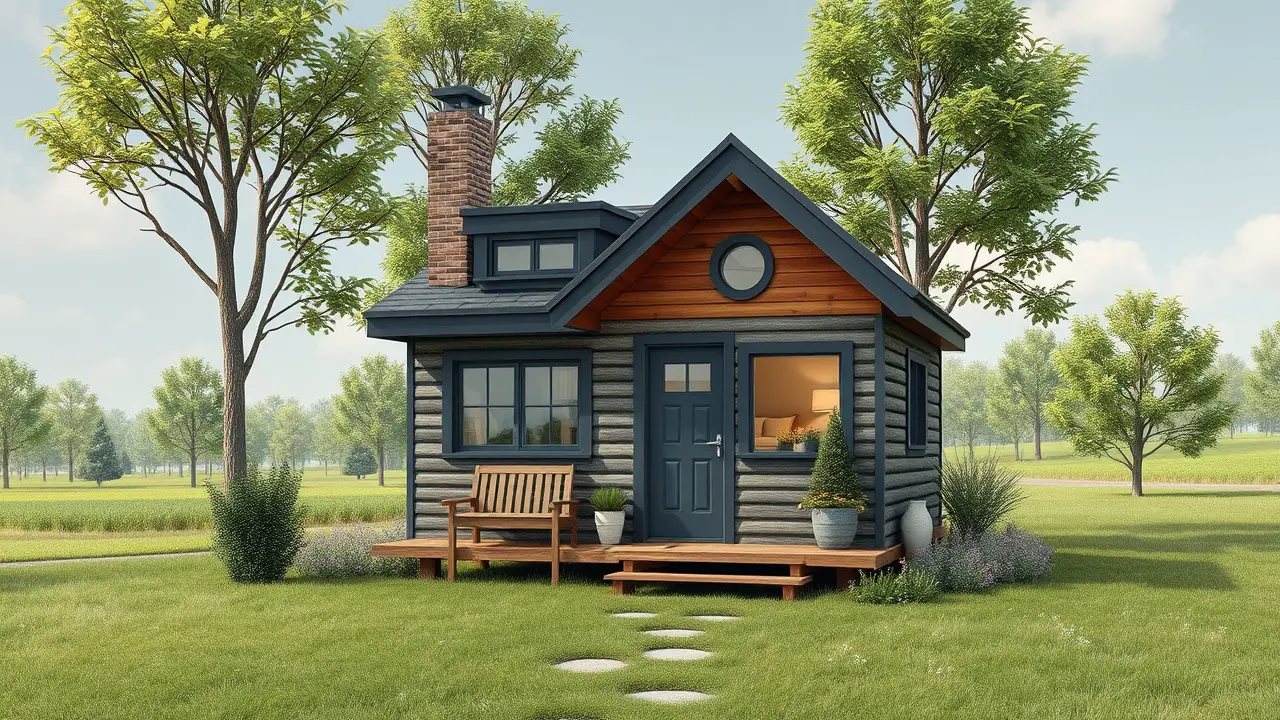
Leave a Reply